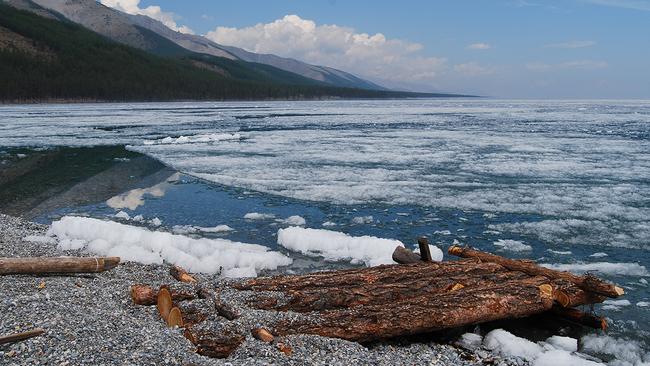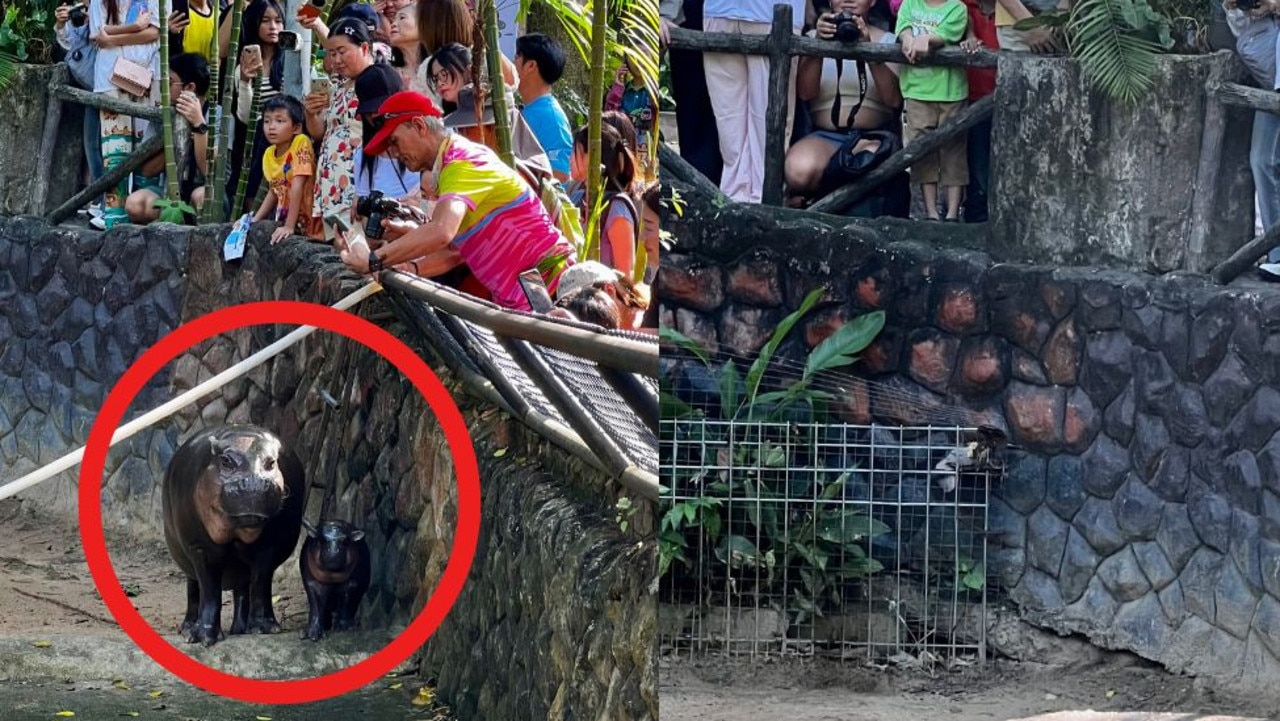The lake at the end of the earth that’s claims lives by tempting people to drive on its thin ice
THIS vast, ancient lake is in the middle of nowhere. Every winter it claims the lives of drivers who — to save time — tempt fate by driving across its frozen expanse.

DEEP in Mongolia — hundreds of kilometres north of the capital Ulaanbaatar — there lies an extraordinary lake. This vast, deep body of water is one of the oldest in the world and stretches 130 kilometres into the Siberian taiga. It’s surrounded by thick forests — home to wolves, deer, wild boar and moose.
Mongolia’s deepest lake wasn’t on the top of my destination bucket list, but circumstance led me to this wild, untouched area on the border between Mongolia and Russia. In winter, temperatures plunge to -50 degrees Celsius, and ice a metre thick enables locals to travel across Lake Khovsgol in their trucks. “In winter you’ll see lots of cars and trucks driving over it,” said my guide Batbayar. “But the lake claims many lives. You need to know where to drive. Most years a truck or jeep will plunge to the bottom because someone drove on ice that was too thin.” At 130km long and up to 40km wide, the lake surface in winter offers passengers a shortcut and respite from an otherwise uncomfortable journey across unpaved mountain tracks. In 2011, two trucks broke through the ice and one sank, killing a co-driver, while two other drivers managed to escape. Before this, in 2008 a van carrying hospital staff fell through the ice, killing all seven people on board. The closest hamlet to Lake Khovskol is Khatgal, which sits on the southern tip of the lake. It takes about three or four days of driving from Ulaanbaatar to reach Khatgal, a ramshackle village with little more than a school, a post office, a couple of shops and a collection of wooden houses and gers — cosy, felt-lined tents. Yaks and horses wander along the gravel roads, children ride around on scrawny horses and there are plenty of characters in town who seem to have had too much to drink. This frontier-like town was a place like nowhere else I’d been before, it felt incredibly remote and cut off from the outside world. When I set out for Lake Khovsgol, my Mongolian boss gave me an address of his friend. As they didn’t have a telephone, when I arrived in Khatgal I approached a child in the street and asked if he knew where this family lived. The boy ran off to find my host and before I knew it I was in a ger being offered warm salt tea with rich horse milk. Inside the ger there was a wooden bed that was painted bright orange and decorated with a fanciful design. Next to the Hobbit-sized door there was a chest of drawers, on top of which all the family’s prized possessions were displayed: black and white photos, a little statue of Buddha, jade snuff bottles and an old radio. In the centre of the ger was a stove that filled the air with the smell of burning dung. Northwest of the lake, close to the Russian border, live Mongolia’s reindeer people — called Tsaatan or Dukha. They’re an ancient people of Turk descent who are first mentioned in the annals of China’s Tang dynasty (A.D. 618-907). They live in the remote and thick larch forests and are dependent on reindeer for milk, yoghurt and cheese and transport for hunting. The Tsaatan rarely kill reindeer for meat so they supplement their diet of reindeer milk products by hunting wild animals from the forest. Their communities consist of a collection of tents — about two to seven households — that move camp to find optimum grazing for the reindeer. They believe their ancestors’ ghosts live on in the forest as animals that give guidance to the living, according to a 2004 report. If you want to visit them — and it’s well worth the long journey from Australia — you need to contact them ahead of your trip. For this purpose, the Tsaatan have established a community-based tourism centre called the Tsaatan Community and Visitors Center (TCVC). Continue the conversation on Twitter @newscomauHQ | @LeahMcLennan




